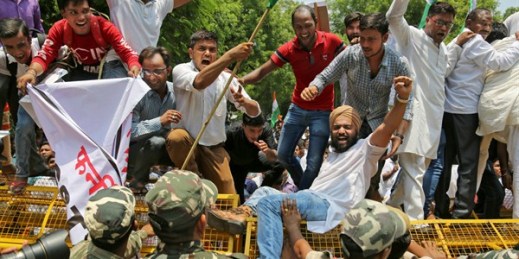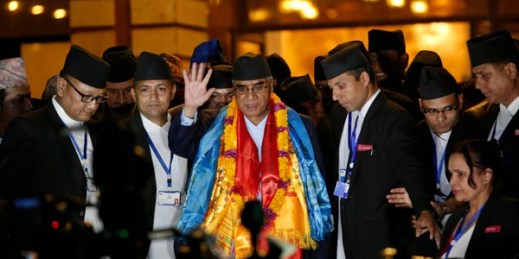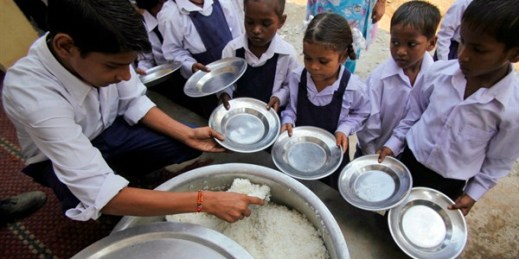
Since assuming office in May 2014, Prime Minister Narendra Modi has launched a range of new economic programs in an attempt to boost India’s prosperity and deliver on an electoral promise to reignite economic growth. Yet two initiatives central to that goal have proven controversial, to say the least. The first, late last year, involved making two high-value currency notes—the 500 rupee note, equal to about $7.50, and the 1,000 rupee note, about $15—no longer legal tender, a policy known as demonetization. As a result of this sweeping move, close to 86 percent of all the circulating currency in India […]


